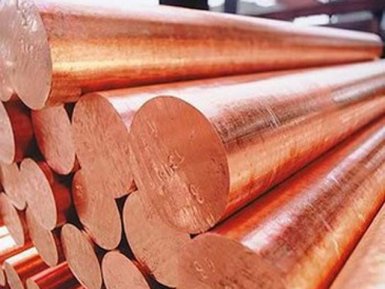Welding of oil pipe

Are you interested in welding oil pipes from the supplier company AvecGlob? Here you will find interesting information on this topic.
Features of welding
Good quality joints in welded oil pipes are provided by careful preparation of joints, cleanliness of the welding zone and compliance with technology and welding. Further all the welding steps are considered in more detail.
Electrode material selection
For the oil pipe, the correct choice of electrode is to improve the properties of the weld and satisfy the requirements for the end use of the pipe. The filler metals should have a minimum of carbon in their composition, which can help maintain corrosion resistance. At the same time, however, the strength is somewhat lost and resistance to increased temperatures is reduced (the latter is uncritical for oil pipelines).
Electrodes containing in their composition an increased percentage of silicon, increase the fluidity of the weld pool, improve the quality of the welded seam and increase the welding performance. It is important that the minimum content of impurities such as tin, antimony, arsenic, phosphorus and sulfur, which reduce the corrosion resistance of oil pipes.
Temperature control
Sensitization is the main cause of loss of corrosion resistance. It depends on the chemical composition of the base material and the filler, as well as on the temperatures at which the weld is cooled. Corrosion resistance of oil pipes made of stainless steel, gives chromium oxide, available on the surface of the pipe. As the carbon level in the welding zone and adjacent thermal zones increase, the formation of chromium carbides begins, which inhibit the formation of a corrosion-resistant chromium oxide film.
Methods for preventing carbide formation
There are three main ways to combat sensitization: the first is to use a low-carbon base and filler to reduce or eliminate carbon. However, this method is not always practical, since carbon is a vital alloying ingredient in some applications.
The second method is to reduce the time spent on the welding zone and heating. This range can vary from 500 to 800 0 C. The shorter the time spent in this temperature zone, the less damage that arises from the heat of welding.
Therefore, it is important to adhere to the maximum temperatures determined by welding technology. The goal should be to use as few passes as possible and to weld at the lowest thermal power required for faster cooling.
The third way is to use fillers with special alloying components to prevent the formation of chromium carbides. For example, titanium and niobium can be fused into a filler metal and help prevent reactions between chromium and carbon. These elements also have a strong influence on strength and toughness, limiting the applications in which they are useful. Supplier — AvekGlob Company — offers at a reasonable price from the manufacturer a diverse range of oil pipes that meet the technical requirements of domestic and foreign standards. The supplier guarantees the timely delivery of products to any address specified by the consumer
Use of protective gases
Oil pipes during welding require backflushing with argon. In non-critical applications, nitrogen can also be used as backflushing, but this can lead to the formation of nitride compounds at the root of the joint, which reduces the overall corrosion resistance.
Preparation of welds
Welding of oil pipes requires preliminary preparation of the surface in the joint area. The usual devices for welding stainless steel are used, and special brushes and grinding machines are used for cleaning. The purity of the treatment is crucial: even trace minerals trapped in the weld can cause shortcomings and lead to a decrease in corrosion resistance and strength.
Supplier — AvekGlob Company — offers to purchase various profiles of oil pipes that meet technical standards and quality requirements. Products can be bought at a price formed on the basis of European and world standards of production. Implementation is possible in bulk and retail, for regular customers, a flexible system of discounts operates.


